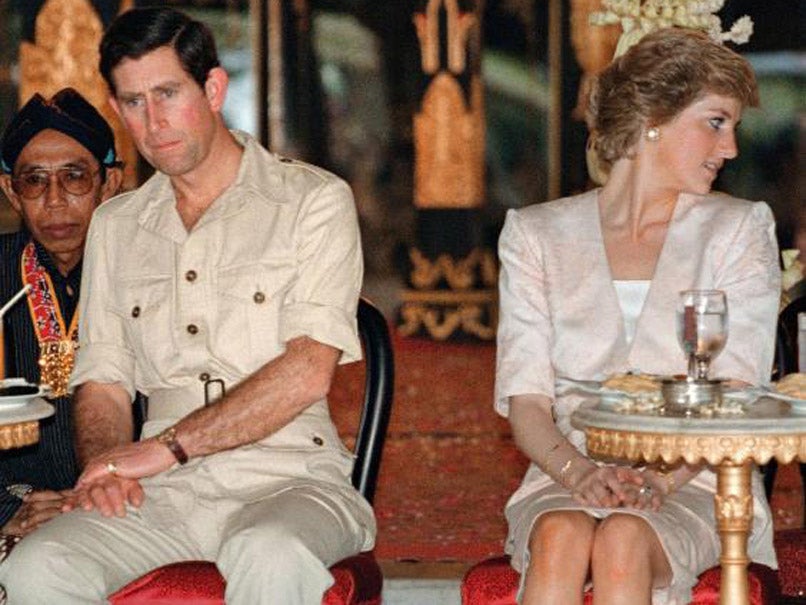Charles sought second opinion on troubled Diana after Queen’s doctor believed she had a ‘dangerous’ mental disorder
Sir John Batten believed the gene could be passed on to her children – but a psychiatrist hired by Prince Charles found she was merely ‘unhappy’ in royal family

Your support helps us to tell the story
From reproductive rights to climate change to Big Tech, The Independent is on the ground when the story is developing. Whether it's investigating the financials of Elon Musk's pro-Trump PAC or producing our latest documentary, 'The A Word', which shines a light on the American women fighting for reproductive rights, we know how important it is to parse out the facts from the messaging.
At such a critical moment in US history, we need reporters on the ground. Your donation allows us to keep sending journalists to speak to both sides of the story.
The Independent is trusted by Americans across the entire political spectrum. And unlike many other quality news outlets, we choose not to lock Americans out of our reporting and analysis with paywalls. We believe quality journalism should be available to everyone, paid for by those who can afford it.
Your support makes all the difference.Prince Charles sought a second opinion on troubled Princess Diana after the Queen’s doctor believed she had a “dangerous” mental disorder that could be passed on to her children, a letter revealed.
Sir John Batten was “plainly scared” by the supposed condition – which he said he diagnosed while treating her – and feared it could cause a “dynastic disaster” in the royal bloodline.
His efforts to treat Diana came a year after she threw herself down the main staircase at Sandringham, following a row with Charles, and landed at the feet of the Queen.
But the princess “distanced herself” from Sir Batten and his team of royal medics who tried to help her – forcing Charles to go elsewhere to aid his troubled wife at the start of their marriage.
In the end he called on the advice of prominent psychiatrist Alan McGlashan – who found that Diana was merely a “very unhappy girl” battling against what she saw was an oppressive royal family.
Mr McGlashan later wrote a letter to a common friend he had with Charles after he had been seeing Diana for twice-weekly therapy sessions over four weeks at Kensington Palace.
His correspondence to South African author Laurens Van der Post came after Mr Van der Post spoke with Diana at the behest of Charles and urged her to see Mr McGlashan.
She had been suffering from a variety of ailments apart from her supposed mental disorder, including bulimia and also suffered low self-esteem and was anxious and depressed.
In the letter from Mr McGlashan to Mr Van der Post – revealed in the Mail on Sunday – he told of the views held by Sir Batten and other royal medics who had tried to treat Diana.
Mr McGlashan wrote that Sir John and his team were “plainly scared” by her symptoms and “overawed by the possibilities of dynastic disaster”.
Sir Batten and his colleagues had been treating the princess with anti-depressants and behavioural therapy, Diana told Mr McGlashan in their sessions.
She was also being treated by Michael Pare, the head of psychiatry at St Bartholomew’s Hospital, London.
But Mr McGlashan believed Dr Pare took an “unnecessarily gloomy and alarmist view of the case”.
In his own sessions with Diana, he concluded: “She is a very unhappy girl, facing situations on various fronts which she finds difficult to deal with, though making a courageous effort to do so.”
It is not known how Charles reacted to Mr McGlashan’s findings, but the prince himself later spent 14 years in therapy with the psychiatrist, who died in 1998, and keeps a bust of him in Highgrove.
Join our commenting forum
Join thought-provoking conversations, follow other Independent readers and see their replies
Comments